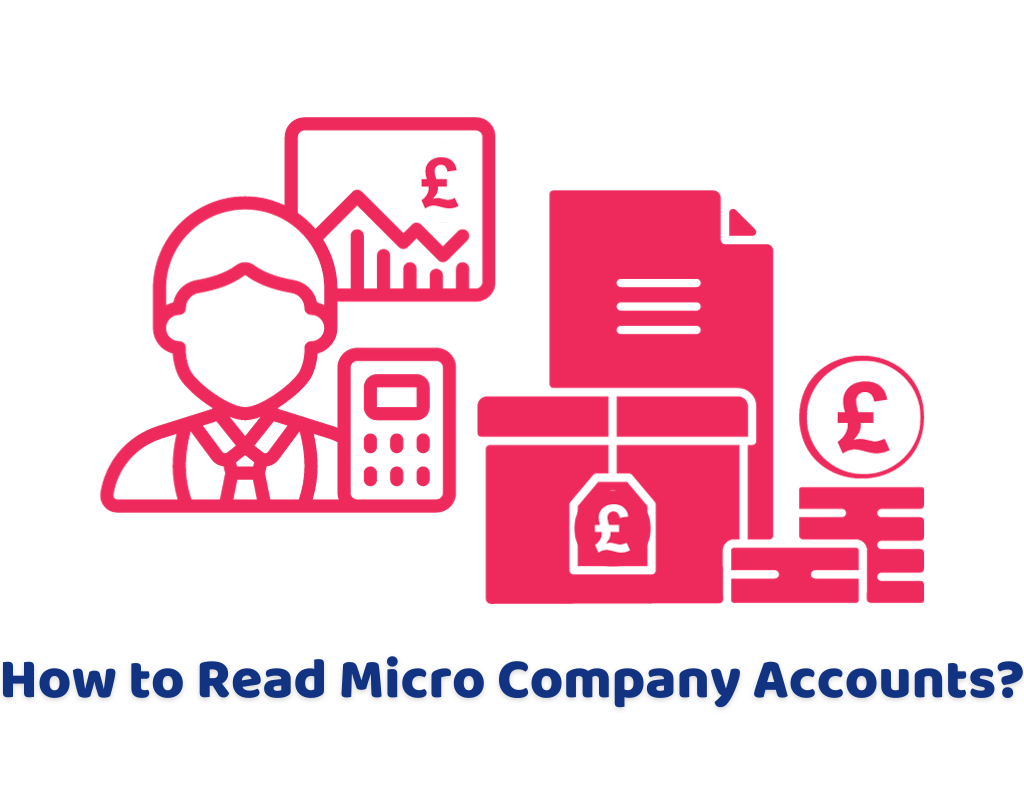Let’s dive into the discussion on how to read micro-company accounts. Understanding these accounts is essential for gaining insights into a company’s financial health. A balance sheet, profit and loss statement, and notes to the financial statements are the standard components of microbusiness accounts. The profit and loss statement, on the other hand, gives you a breakdown of the company’s income, expenses, and overall profitability during a specific period.
You can improve your understanding of the company’s financial situation and make wise decisions by closely examining these statements. If you come across any unfamiliar terms or figures, it’s always a good idea to consult with a professional accountant or advisor who can provide guidance.
AccountingFirms can assist you in managing your business and accounting problems as well as avail maximum tax relief possible.
Understanding Micro Company Accounts
Micro-company accounts in the UK refer to the financial statements prepared by small businesses that meet specific criteria set by the Companies Act 2006. Micro-company accounts are often simpler and less detailed compared to the accounts of larger companies, making them more suitable for small businesses with limited resources.
How to Check Whether My Business is a Micro Company?
To check if your business qualifies as a micro company in the UK, you can assess whether it meets the specific criteria outlined by the Companies Act 2006. By comparing your business’s financial figures with these thresholds, you can determine if it falls under the category of a micro company.
What are the Key Components of the Micro-Company Accounts?
The typical components of micro company accounts in the UK include a balance sheet, profit and loss statement, and notes. These components together give a comprehensive overview of a micro company’s financial position.
How to Establish Micro-Entity Status?
Establishing micro-company status in the UK involves meeting certain criteria set by the Companies Act 2006. To determine if your business qualifies, you need to assess three key factors: turnover, balance sheet total, and employee count. First, calculate your business’s turnover, which should be no more than £632,000. Next, calculate your balance sheet total, which should be no more than £316,000.
Lastly, evaluate your average employee count, which should not exceed 10 employees. This is determined by calculating the average number of individuals employed by your company throughout the year. If your business meets these criteria, congratulations! It can be classified as a micro company.
It’s crucial to review these statements carefully, paying attention to key figures, trends, and any significant changes. Remember, understanding micro-company accounts can empower you to make informed decisions and assess the financial health of a company.
Reach out to one of our professionals to get to know about how to read micro company accounts in the UK. Get in touch with us and you will be provided instant professional help!
Disclaimer: All the information provided in this article on how to read micro company accounts in the UK, including all the texts and graphics, is general in nature. It does not intend to disregard any of the professional advice.

